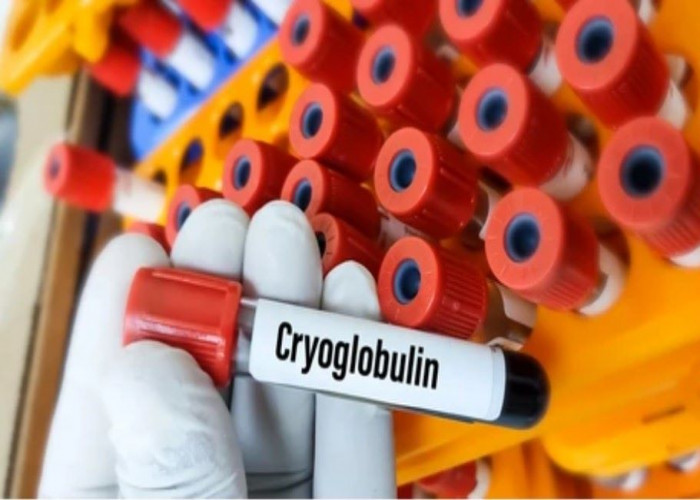 Welcome
Welcome
“May all be happy, may all be healed, may all be at peace and may no one ever suffer."
Cryoglobulinemia
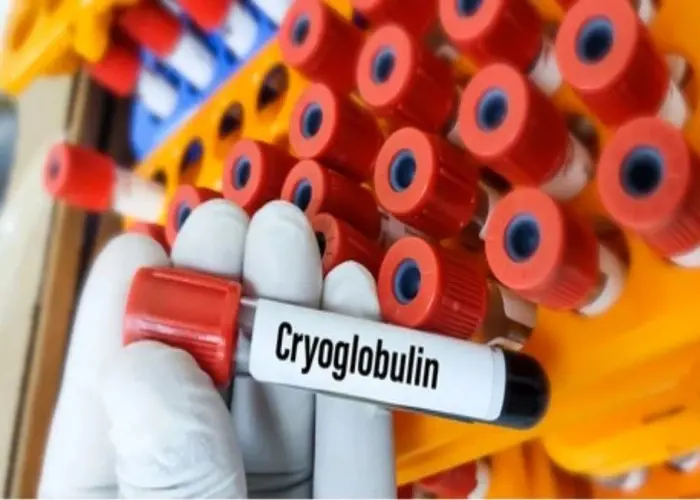
Cryoglobulinemia is a rare medical condition in which abnormal proteins in the blood form clumps (cryoglobulins) that can cause damage to blood vessels, leading to a variety of symptoms.
The condition can be primary, meaning that it occurs without an underlying cause, or secondary, meaning that it occurs in association with another medical condition, such as a viral infection, autoimmune disorder, or cancer.
Symptoms of cryoglobulinemia can vary widely, depending on the severity of the condition and the organs affected. Common symptoms can include skin rash, joint pain, weakness, fatigue, fever, abdominal pain, and kidney problems.
Diagnosis of cryoglobulinemia involves blood tests to detect the presence of cryoglobulins and other laboratory tests to assess organ function. Imaging studies such as ultrasound, CT, or MRI may also be used to evaluate the extent of tissue damage.
Treatment for cryoglobulinemia may involve addressing any underlying medical conditions, as well as medications to suppress the immune system, such as corticosteroids, immunosuppressants, and biologic therapies. In severe cases, plasma exchange or other forms of blood filtration may be necessary.
It is important for individuals with cryoglobulinemia to work closely with their healthcare provider to develop an individualized treatment plan that addresses their specific needs and goals. With proper management and care, many people with cryoglobulinemia are able to lead healthy and fulfilling lives.
Research Papers
Disease Signs and Symptoms
- Skin lesions
- Joint pain
- Numbness
Disease Causes
Cryoglobulinemia
Cryoglobulinemia has been associated with:
- Infections. Hepatitis C is the most common infection associated with cryoglobulinemia. Others include hepatitis B, HIV, Epstein-Barr, toxoplasmosis and malaria.
- Certain cancers. Some cancers of the blood, such as multiple myeloma, Waldenstrom macroglobulinemia and chronic lymphocytic leukemia, can sometimes cause cryoglobulinemia.
- Autoimmune disorders. Disease such as lupus, rheumatoid arthritis and Sjogren's syndrome increase the risk of developing cryoglobulinemia.
Disease Prevents
Disease Treatments
Depending on the underlying cause of cryoglobulinemia, treatment may include medications that suppress the immune system or fight viral infections. For severe symptoms, your doctor may also recommend a procedure that exchanges your blood plasma, which contains much of the cryoglobulins, for donor plasma or a replacement fluid.
Disease Diagnoses
Disease Allopathic Generics
Disease Ayurvedic Generics
Disease Homeopathic Generics
Disease yoga
Cryoglobulinemia and Learn More about Diseases

Mosquito bites
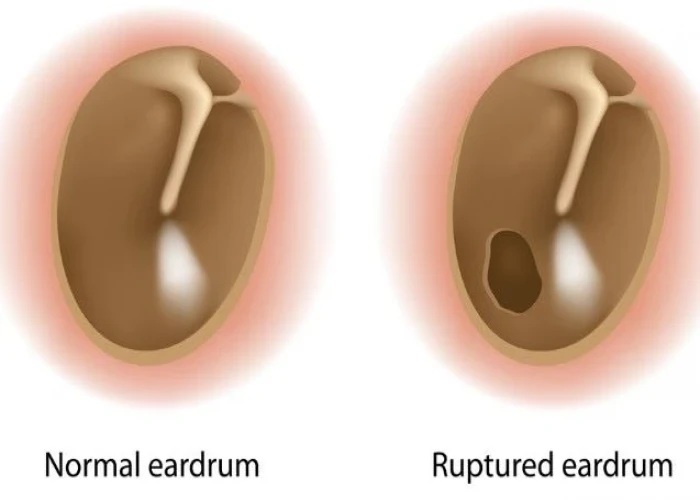
Ruptured eardrum (perforated eardrum)

Specific phobias

Knee pain

Morning sickness
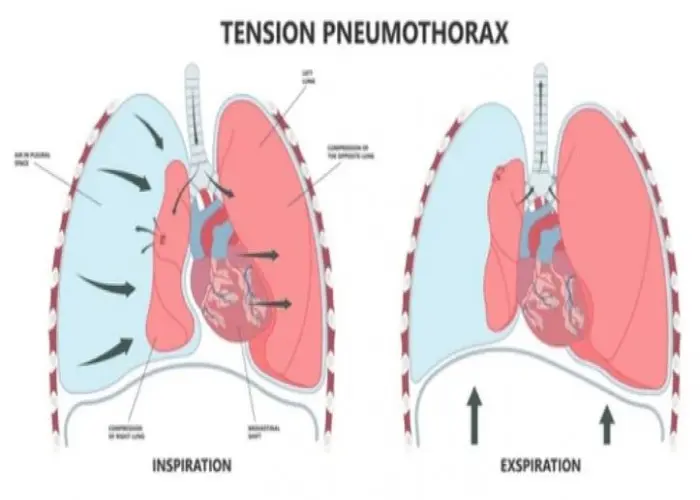
Atelectasis
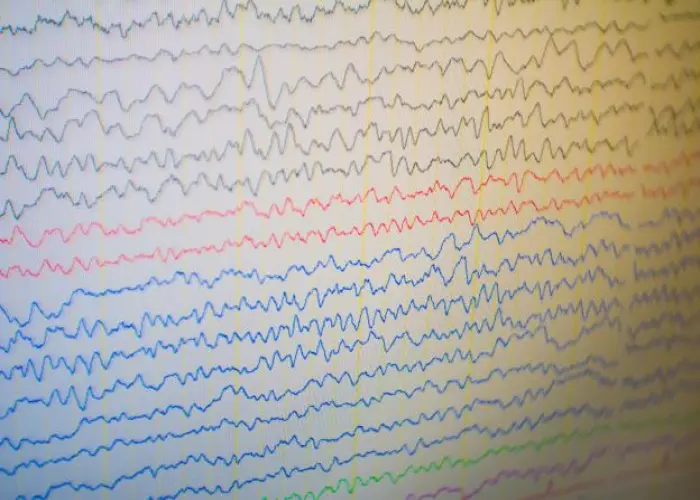
Absence seizure

Prostatitis
Cryoglobulinemia, Cryoglobulinemic vasculitis, কায়োগ্লোবুলিনেমিয়া
To be happy, beautiful, healthy, wealthy, hale and long-lived stay with DM3S.
